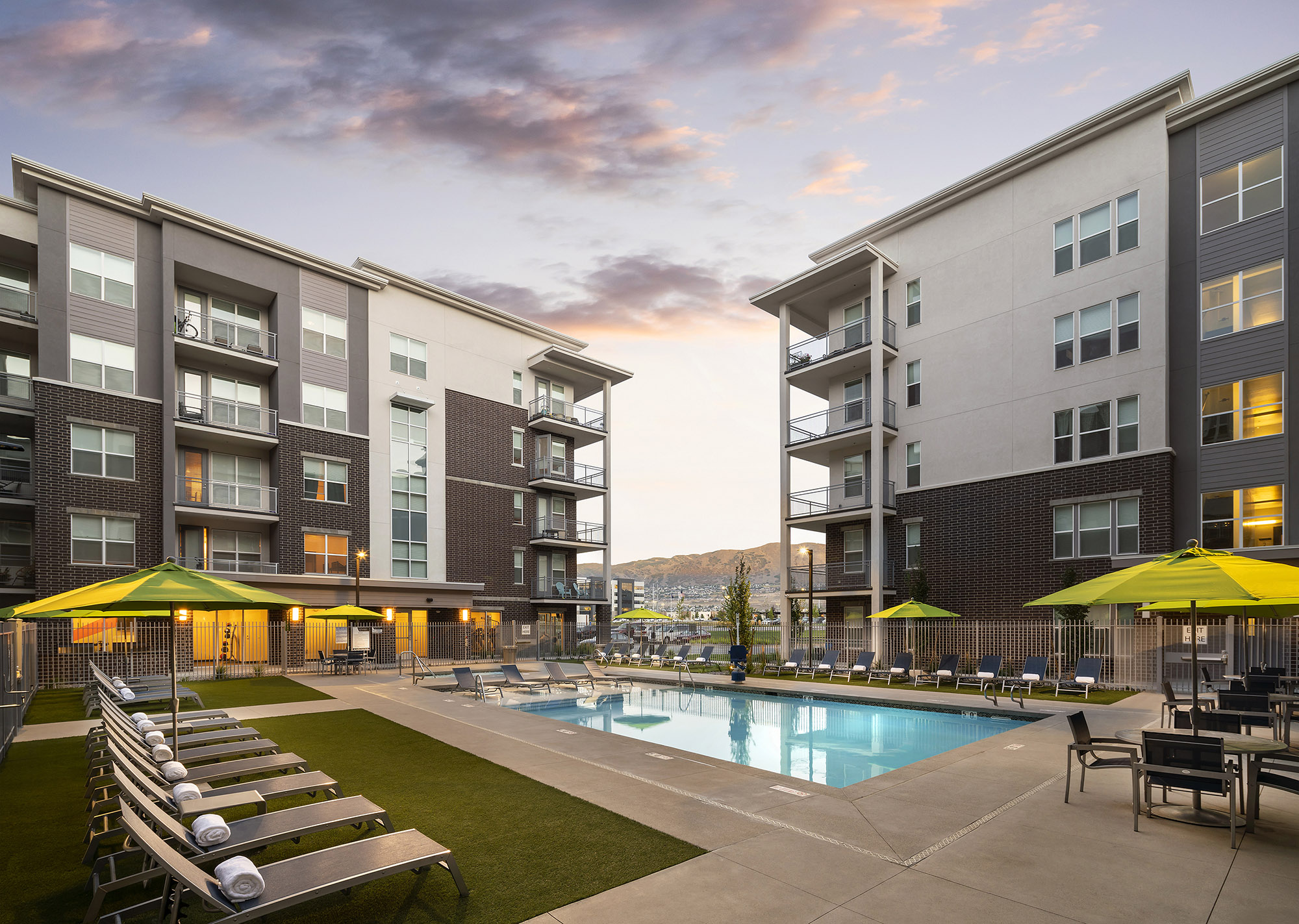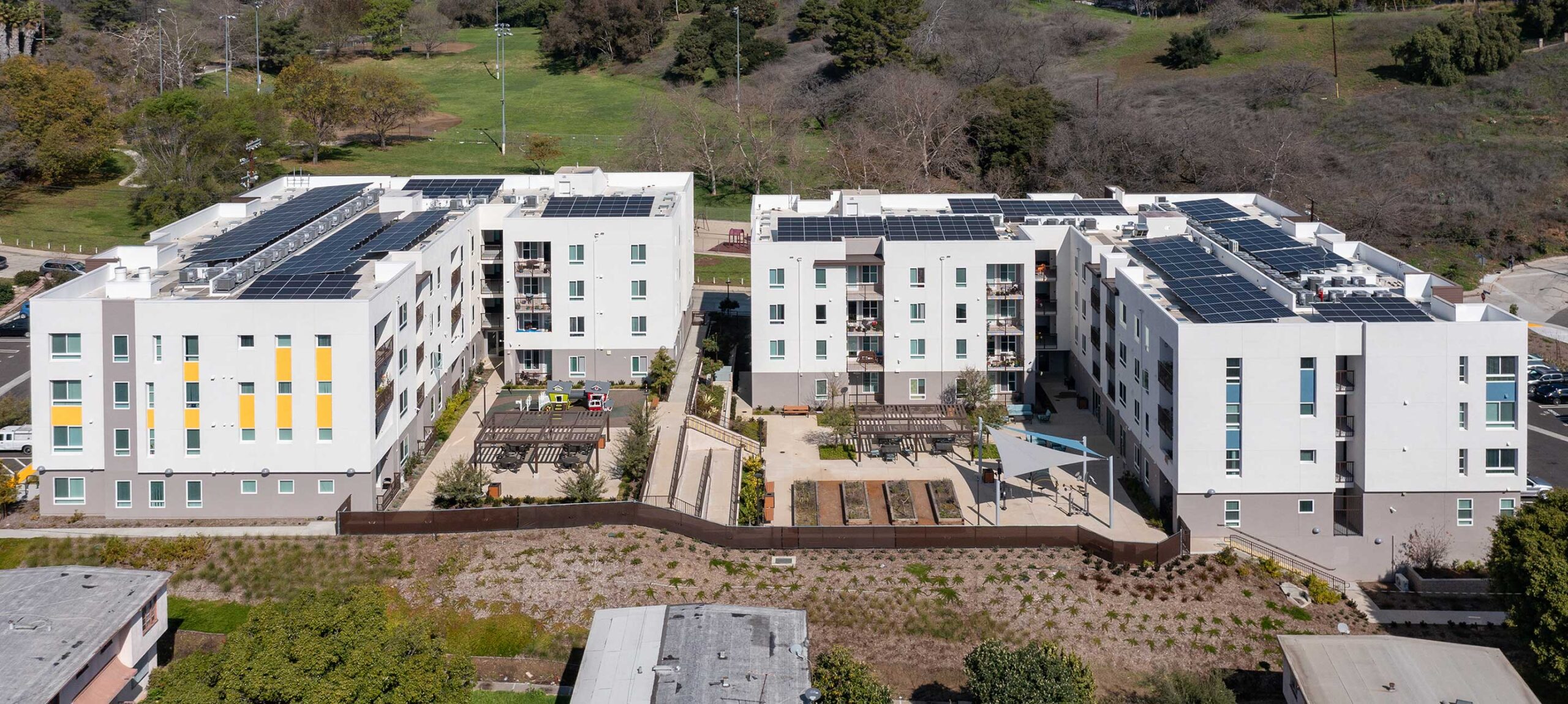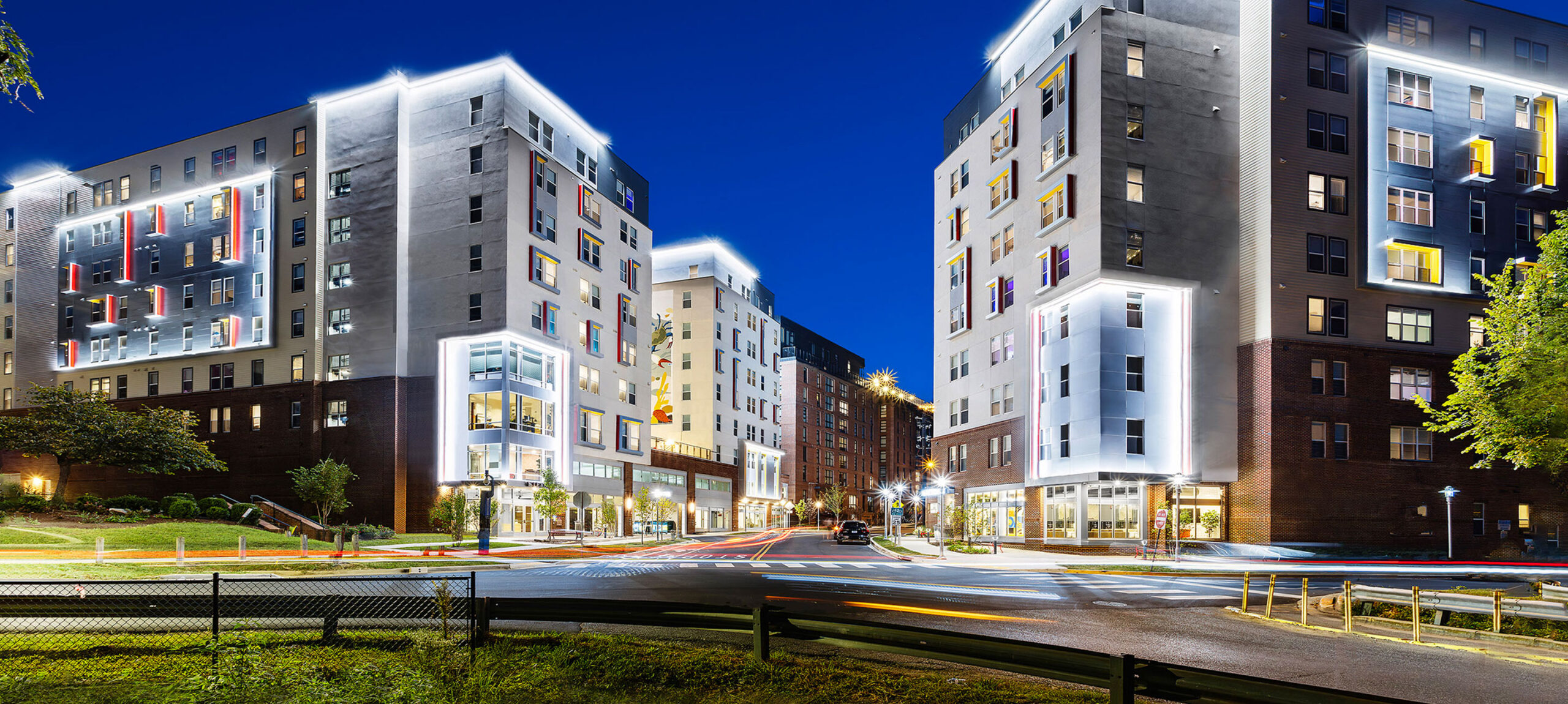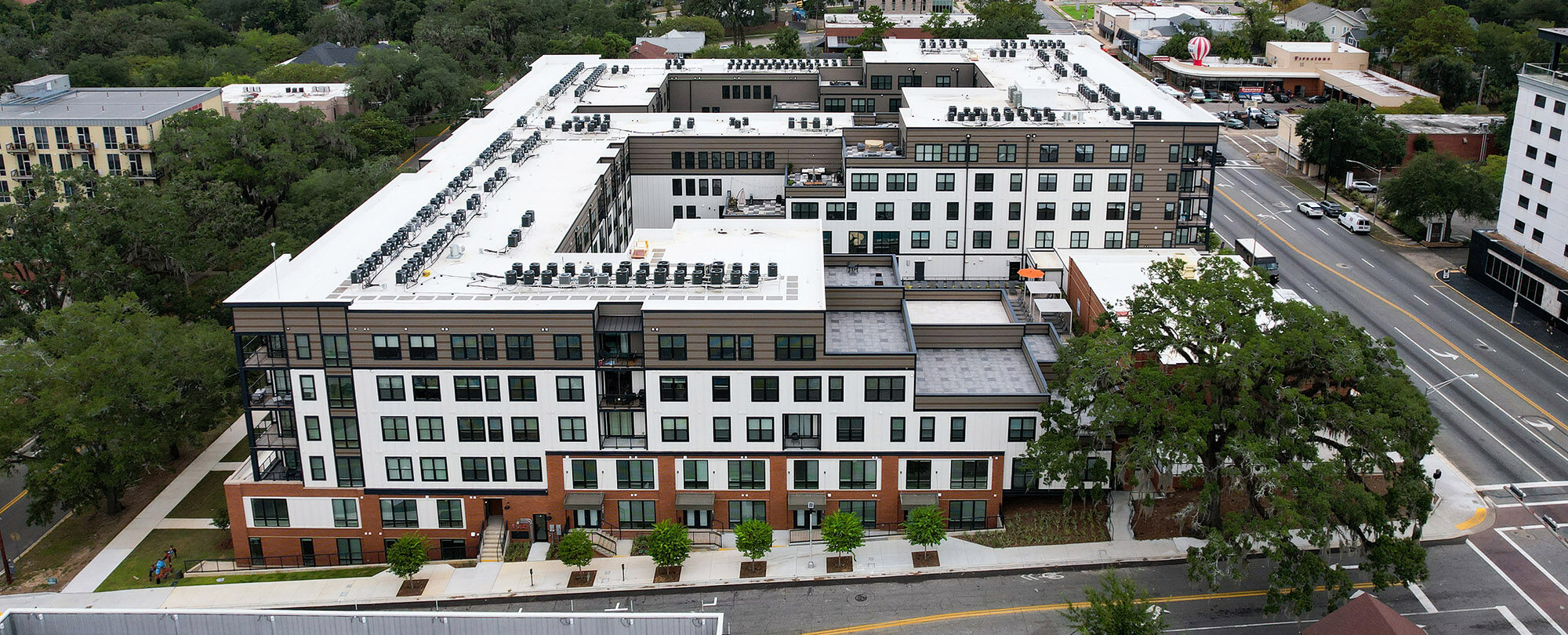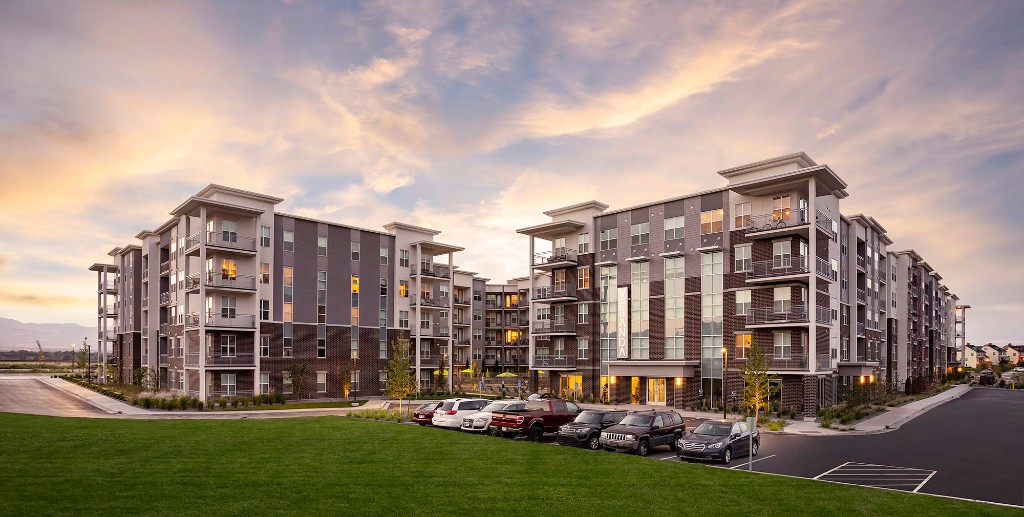
New rental construction has honed in on the upper end of the market, full of luxury amenities such as yoga studios, resort-style pools, yard games, party rooms, and even saunas, but what about those who make less than the median income and can’t spend $2,000 a month on rent?
As more and more luxury style apartments appear, workforce housing becomes even more critical in our communities. The number of U.S. apartment homes that rent for $2,000 or more per month has almost doubled from 2005 to 2015, while the number of homes renting for less than $800 decreased more than 2% and continues to decline. These rising rents have had a major impact on our economy, making it critical (and a great investment) for developers to pursue more workforce housing starts.
It’s easy for developers to focus on high end multifamily projects considering the revenues they produce and the renters they attract. But supplementing this higher end of your portfolio with workforce housing is not only the right thing to do for the industry; it can also be highly profitable. Vacancy rates are at a 30-year low of 6.8% in 2018 – putting added pressure on rental rates and decreasing affordability. A growing segment of renters are moving to cities for work, but it has become increasingly challenging to find affordable housing in many communities across the U.S.
Lower income renters need housing, and developers have a real opportunity to respond in a way that will allow communities to thrive. Affordable workforce housing that takes cues from those high-end apartment developments will provide the lifestyle and price that can crack the code for millions of renters.
Demand is high and supply is limited, so why wouldn’t you invest in affordable housing?
CASE STUDY
Veranda targets households and families earning 60% or less of the area’s median income, so it is an ideal example of high-quality workforce housing. With rents that are 20-30% below market, it provides a quality space for those early in their career, single parent or single income families and those living on a fixed income. Its location in the south end of Salt Lake Valley close to Silicon Slopes, Vista Station and other large employment centers, provides residents an opportunity to obtain affordable housing close to their place of employment.
Workforce housing can be challenging, but Veranda’s success was possible due to a few key factors.
LOCATION
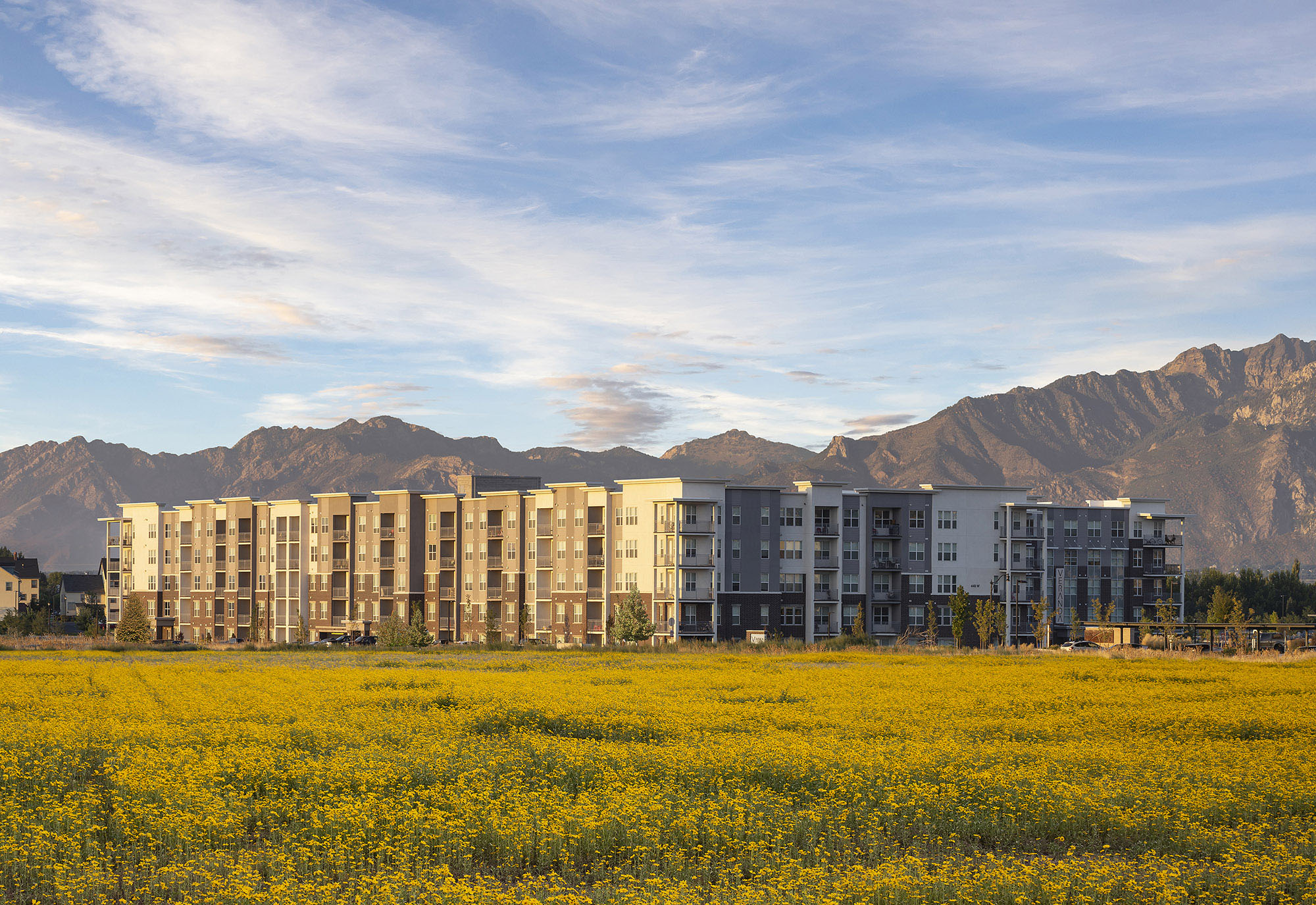
Location is key for workforce housing for a few different reasons. First, easy access to employment / public transit is important for lower-income earners. They may use public transportation as their main transit, so their homes must be within close proximity of at least one major mode of public transportation.
Land in an industrial location or out further from the city but still near transportation is ideal for workforce housing. High-end apartments typically won’t compete for sites in an industrial-focused area, so they can potentially be more affordable and more readily available.
Veranda’s site came with its challenges. The parcel had a significant grade change which meant we needed to be creative in laying out the building in order to maximize the rentable square footage and satisfy the required access points.
MATERIALS
Municipal requirements mandated the amount of stucco and minimum percentage of brick that could be used on the exterior of the building. This challenged our team to get creative without overextending the cladding budget. Contrasting color that highlighted fenestration and parapets achieved a high-end look without additional expense. The municipal requirements hold workforce housing to the same standard as market rate and luxury developments, ensuring that lower income residents still benefit from great looking buildings.
Balancing the client’s budget while meeting city requirements led to some creative use of fiber cement and brick veneer to complement stucco. Color choices and return details helped these inexpensive materials look like a major upgrade.
Workforce housing developments can supplement your higher revenue products, and since they are critical components of every community’s economy, you’ll gain additional ROI through the lasting and dramatic impact these projects can have on the residents who live there.
Source: State of the Nations Housing – Harvard University
Interested in this topic? Email Deena Roumeliotis to start a conversation.

